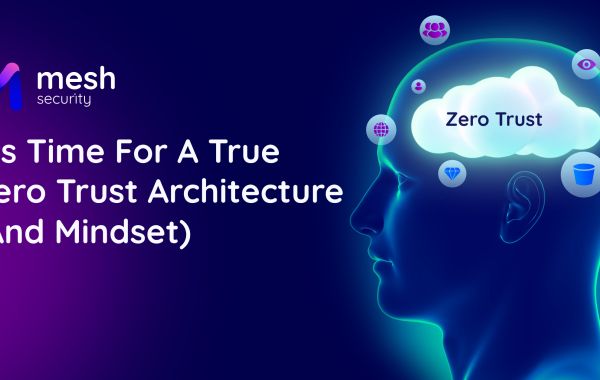Want to know what is Zero Trust Architecture (ZTA)? In 2023, Zero Trust Architecture (ZTA) could no longer be a hesitant webinar topic but a substance security standard for every organization in the modern era. Check out the blog to know more.
Want to know what is Zero Trust Architecture (ZTA)? In 2023, Zero Trust Architecture (ZTA) could no longer be a hesitant webinar topic but a substance security standard for every organization in the modern era. Check out the blog to know more.
Zero Trust started as a philosophy a decade ago as an alternative to network-based perimeter security, and now it is the hottest term in the industry.
However, merely debating about ‘Zero Trust’ won’t make it happen. Zero Trust in modern enterprises is still a scattered puzzle rather than a sustainable architecture that lacks a unified foundation essential to turn this conceptuality into reality.
The 2022 identity-centric cyberattacks (Okta, Uber, Cisco, and many more) emphasized why, in 2023, Zero Trust Architecture (ZTA) could no longer be a hesitant webinar topic but a substance security standard for every organization in the modern era.
What is Zero Trust Architecture (ZTA)?
In order to understand what Zero Trust Architecture is, it is essential to clarify what it is not. Zero Trust cannot simply be adopted by implementing new technology, nor is it a point product or service you can go out and buy.
Zero Trust is a security strategy that proposes to secure an organization’s DAAS (Data, Applications, Assets, and Services) by eliminating implicit trust and by continuously (and proactively) validating EVERY digital interaction or transaction at all stages.
Why 2023 Must be the Year of ZTA
Blindspots around accessibility, privilege, and usability continue to be amplified by increases in the ever-expanding XaaS estate (Cloud infra, SaaS, PaaS, and more).
Today and in the future, point Zero Trust controls such as MFA, EDR, and more should be viewed as one component of a broader
zero trust architecture, where behavior-based analytics is central to understanding identities’ behavior and authenticating the actions taken using certain credentials.
A true holistic ZTA is the ultimate solution for all today’s challenges.








